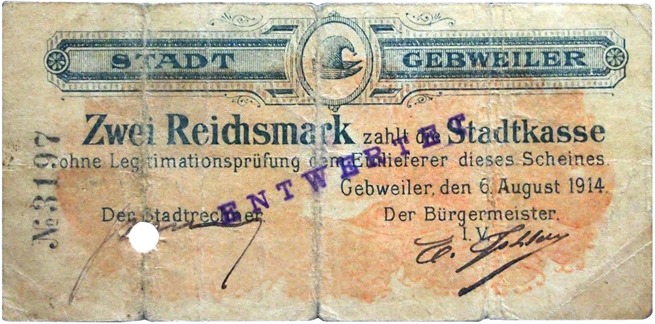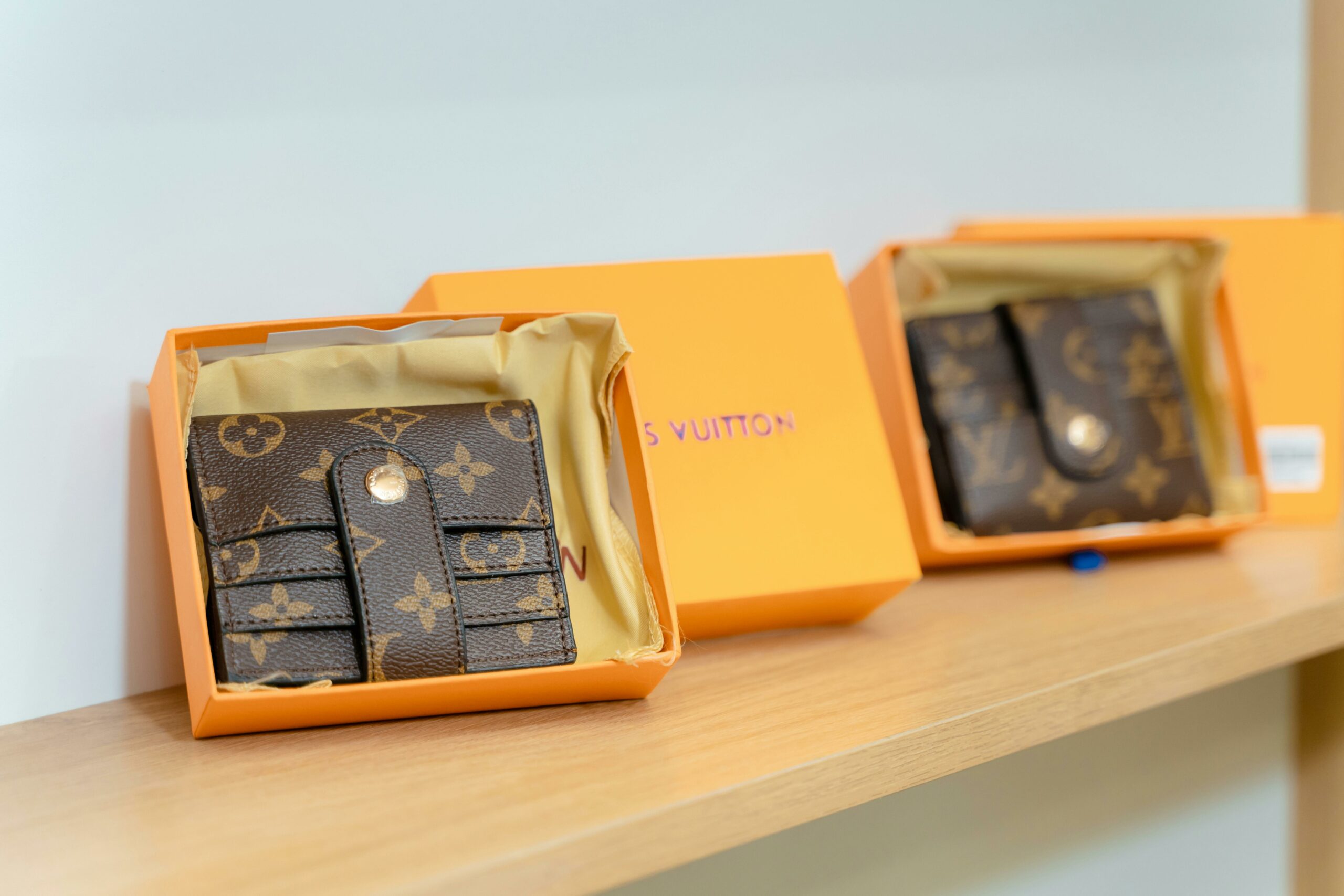What, have you never traded in notgeld currency? No? Well, I hope that you never have to.
Notgeld is a German term for emergency currency, and it does not take an economics brainiac to figure out that emergency currency is not a good thing: it means that the official currency of a country has collapsed.
Several countries have turned to emergency money in economic straits, but in the world of numismatics the most commonly collected are the notgelds issued in Germany between 1914 and 1924.
At the outbreak of World War 1, Germany abandoned the gold standard. Consequently, silver and gold coins became worth more than their face value and people immediately responded by hoarding them. This led to acute shortages, which prompted cities and towns to print banknotes in small denominations as a substitute for coins.

The first notgeld notes were small pieces of paper with plain text on them. They immediately aroused the interest of collectors in Germany and around the world. Some of these early issues are very rare.
Germany’s economic woes continued after the war, and so did the printing of notgelds. The 1920-21 issues were still in small denominations, but they were much more artistic and often printed in colour. Some of them were non-circulation notes or sets aimed at collectors.

In 1923, the inflation in Germany broke all records. The national government printed more and more official money in bigger and bigger denominations. Cities did the same and started printing notgelds with the face value of 100, 1,000, 1,000,000, 1,000,000,000 and more German Marks.

In an effort to stop the hyperinflation, the German government made it illegal for cities, companies, and individuals to issue their own notgeld currency at the beginning of 1924. That marked the end of notgelds.
Today, notgeld notes offer an affordable opportunity to build an attractive collection with a story behind it. Some people collect notgeld by locality, others by subject matter. Experts estimate that there were more than 175,000 different notgeld notes printed in Germany between 1914 and 1924. The circulation notgelds (as opposed to non-circulation ones, which were printed for collectors) are often stamped or have a hole punched through them to signify that they were redeemed.
During the same period, German cities and towns also issued a variety of notgeld coins made out of porcelain, aluminium, and even compressed coal dust.
If you decide to collect German notgelds, it will be easy for you to build your collection. As you can see from the notgeld notes and coins offered on bidorbuy, it will not be prohibitively expensive either!










